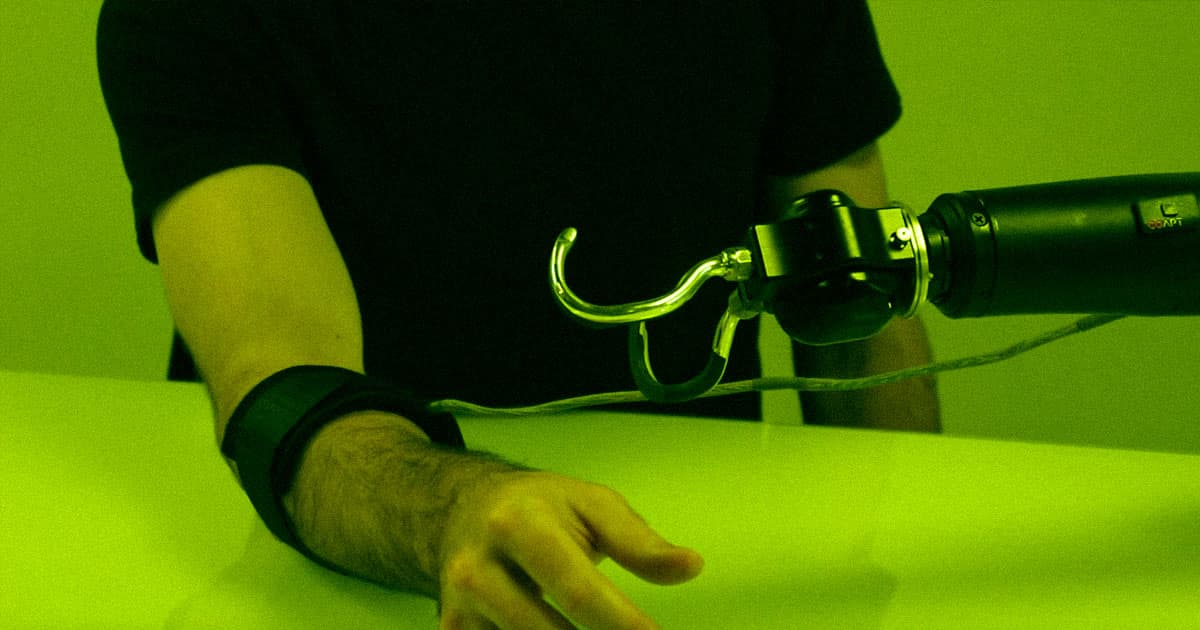With virtual reality and AI, doctors can now take a lot of the guesswork out of fitting patients with new prosthetic limbs.
Though it's still early days for the new prosthetic-fitting techniques, doctors report that fine-tuning a robotic knee with AI can cut the process down to ten minutes from several hours, according to MDDI Online. If more doctors adopt the technique, it could mean more convenience and comfort for patients who too often have to deal with uncomfortable and poorly-fitted prosthetics.
Without the VR fitting tools, doctors need to predict in advance how skilled a person will be at wielding a prosthetic limb, lest they struggle to find their balance when trying to take their first steps. The VR research isn't yet published, but MDDI reports that it will be presented at this week's annual meeting of the American Society for Surgery of the Hand.
"Most devices, especially rehabilitation assistive devices, need tuning or adjustment and personalizing for every individual," Helen Huang, a biomedical engineer at North Carolina State University who's working on the AI side of things, told MDDI.
She hopes to develop an algorithm that can quickly develop a custom fit for any amputee in need of a new limb, taking into account factors that are much harder for a human doctor to predict.
Share This Article

READ MORE: Machine Learning and VR Are Driving Prosthetics Research [MDDI Online]

More on prosthetics: A New Prosthetic Arm Takes the Place of a Phantom Limb
